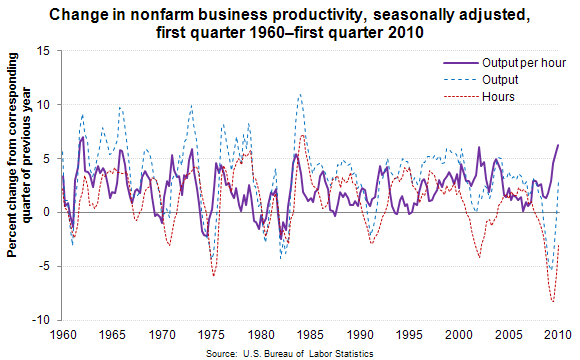Chart: Q1 productivity growth since 1960
From the first quarter of 2009 to the first quarter of 2010, output in the non-farm business sector increased 3.1 percent while hours fell 3.0 percent, yielding an increase in productivity of 6.3 percent. This is according to data released by the U.S. Department of Labor's Bureau of Labor Statistics.
This gain in productivity from the same quarter a year ago was the largest since output per hour increased 7.0 percent over the four-quarter period ending in the first quarter of 1962.
Unit labor costs fell 3.7 percent over the last four quarters, as the 6.3 percent increase in productivity outpaced a 2.3-percent rise in hourly compensation.
This data, from the Productivity and Costs program, is seasonally adjusted and is subject to revision. To learn more, see "Productivity and Costs: First Quarter 2010, Preliminary" (HTML) (PDF), news release USDL-10-0588. Labor productivity, or output per hour, is calculated by dividing an index of real output by an index of hours of all persons, including employees, proprietors and unpaid family workers. BLS defines unit labor costs as the ratio of hourly compensation to labor productivity; increases in hourly compensation tend to increase unit labor costs and increases in output per hour tend to reduce them.
